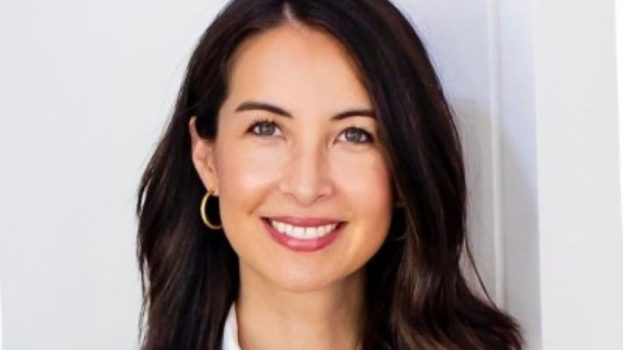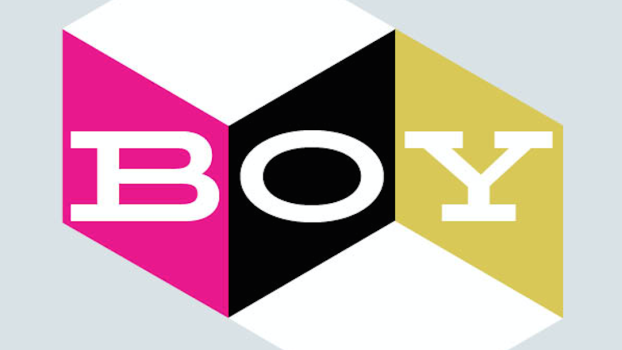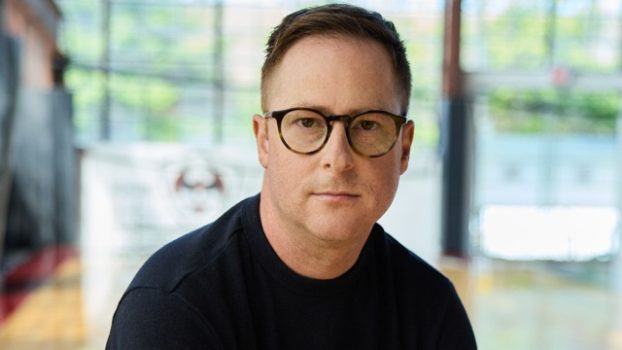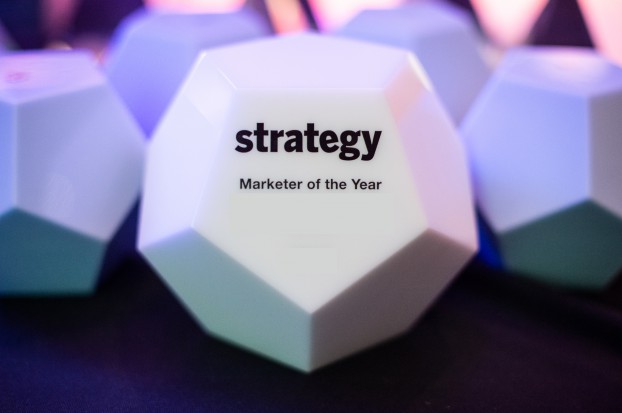 Written by Will Novosedlik
Written by Will Novosedlik
Remember the London Life “Freedom 55” campaign back in the ’80s? The one that said, “Why wait until 65 to retire when we can help you get there faster?” After all, wouldn’t everyone like more time to enjoy their golden years?
If you’re under 55 years old, you probably won’t remember the campaign. But if you aren’t, you’re likely either laughing or crying (or both) at the memory.
With a huge swath of boomers approaching their retirement years, the rules have changed. It’s a much more complex labour landscape now, and wannabe retirees have far more questions than answers.
This is the subject of the recently released film Golden: The End of Ageism, part of the ongoing Telus Originals series, a film fund based in B.C. and Alberta which supports the production of award-winning, social impact documentaries created by established producers and directors.
One of the advisors on the project was best-selling author and age diversity consultant Julia Moulden. When she was young, she says, “there were more people under 15 than over 65. Now that’s completely flipped, and it’s a permanent shift. What demographers say is that the 20th century was the last century of youth.”
The demographic weight of the boomer bulge has changed the landscape. And the labour market isn’t ready for it.
In the film, people from all walks of life, both men and women, look into the camera and share the real meaning of Freedom 55. It means: “You can leave anytime. Now would be good.”
There’s the celebrity photographer with 35 years of shooting for Vogue, New York Times and the Village Voice, who believed experience was integral to booking jobs. No one is taking his calls.
There’s the reporter who worked for 25 years for a newspaper in Vancouver who, along with all of her colleagues, was sent packing without warning when the paper replaced the print team with more “digitally savvy” 20- to 30-somethings.
There are art directors, software developers, media professionals, even bankers – all blindsided by ageism. As one person in the film put it, “Ageism is anything that prevents people of a certain age from being active, full and valued members of society. Maybe you’re not going to be able to get a job. Maybe nobody’s developing products and services for you. Maybe as you’re walking down the street, you’re invisible. All that has a huge psychological impact on people.”
An important driver of this phenomenon is biology. As Moulden points out, “Over the last 120 years we have basically doubled our life expectancy. In 1900, the average life expectancy was 50. Now it’s 80-plus. Your kids are going to live to 100. And 20 years from now, half the workforce will be over 50.”
Ironically, while employers’ attitudes towards aging may be negative, those same employers are dealing with an historic labour shortage. It is partly due to the pandemic, but more importantly, to the fact that boomers are voluntarily (or involuntarily) retiring.
As of October of last year, 300,000 Canadians retired, compared to 233,000 in all of 2021. At the same time, according to Statistics Canada, between 2016 and 2021, more than 1.4 million Canadians entered the ranks of those aged 55 and older. Last year alone, one in five Canadians of working age were aged 55 to 64 — an all-time high in the history of the Canadian census.
Chip Conley runs the Modern Elder Academy, which is dedicated to helping people “navigate mid-life and beyond.” Conley believes that the value of experience and wisdom that people in mid-career and mid-life have to offer is universally overlooked.
“Whether it’s emotional intelligence, ability to create psychological safety on teams, or ability to connect the dots, we get better at systemic and holistic thinking as we get older,” he says. “Therefore, we make great strategists, great mentors, great teachers, great professors.”
Cultures that came before us understood this. But the demographic and biological reality is that when people live longer and have fewer children, dismissing them at the age of 50 is going to happen less and less, by necessity if nothing else. Every day in North America, 10,000 people turn 50.
But some companies are seeing the light. According to a recent TIME Magazine article, more than 1,000 U.S. employers have signed the AARP Employer Pledge to promote equal opportunity for all workers, regardless of age. For example, in its commitment to creating an age-inclusive workplace, Microsoft has instituted reforms such as comprehensive health coverage without employee premiums, holding deductibles flat for over ten years; four paid weeks of annual family caregiver leave; and offering senior employees the same benefits that full-timers get even if they are downshifting to part-time hours.
Retaining older workers is a key objective at Merck Frosst Canada, resulting in enhanced promotion within the company and a very engaged workforce. It has created a flexible benefits program that adapts to the needs of its 50-plus employees with changing family circumstances. It offers flexible work arrangements to support a healthy work-life balance as well as a substantial retirement plan and the right tools to prepare for financial independence. It has created a Savings Plus Account, which is separate from RRSPs, and offers Merck employees the added advantage of further tax deductions while helping them save for retirement (almost 25% of the contributors are older workers); and a Planned Personal Leave program, which includes a financial counselling session. Although this program involves unpaid leave, employees’ seniority continues to accumulate, as do their pension credits and all group insurance benefits.
While an older audience is, sadly, all too familiar with this form of discrimination, it deeply affects people far earlier than they expect. And it is going to be a prime driver in the employment landscape for the next decade.























